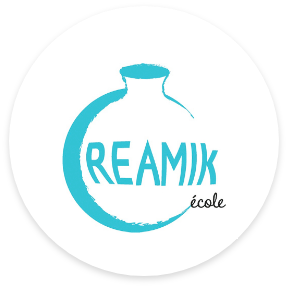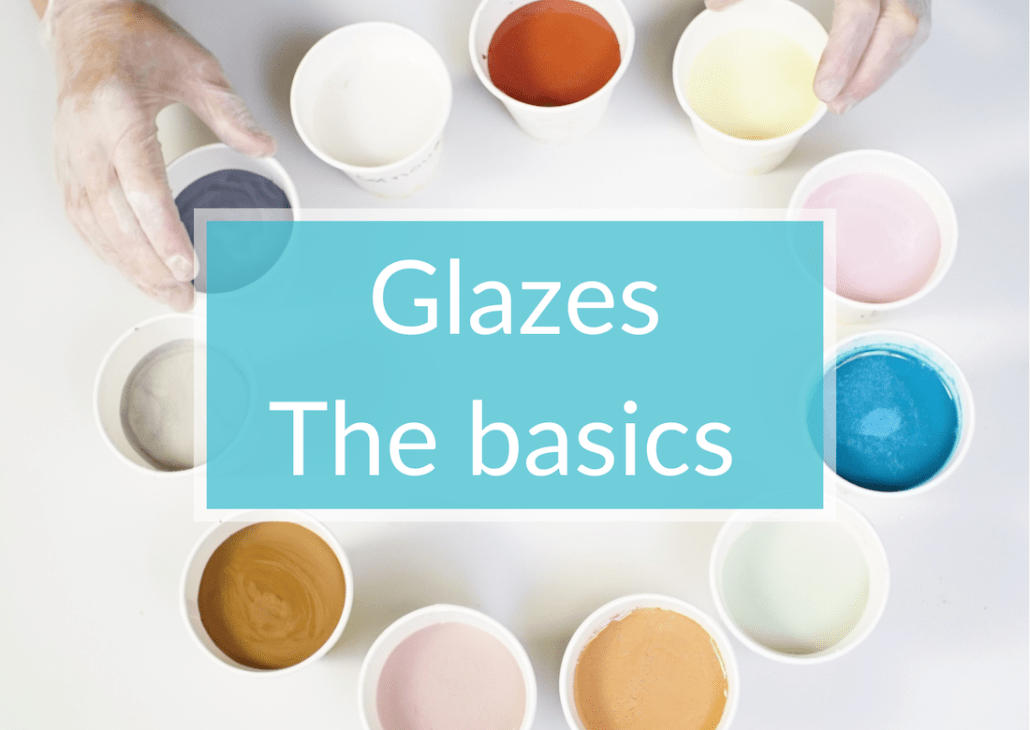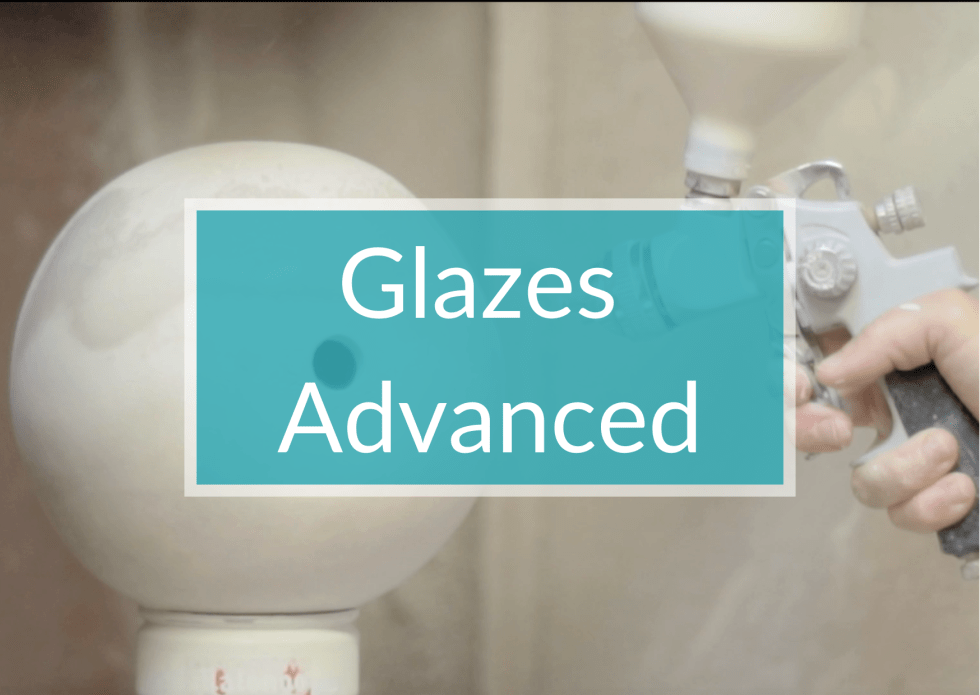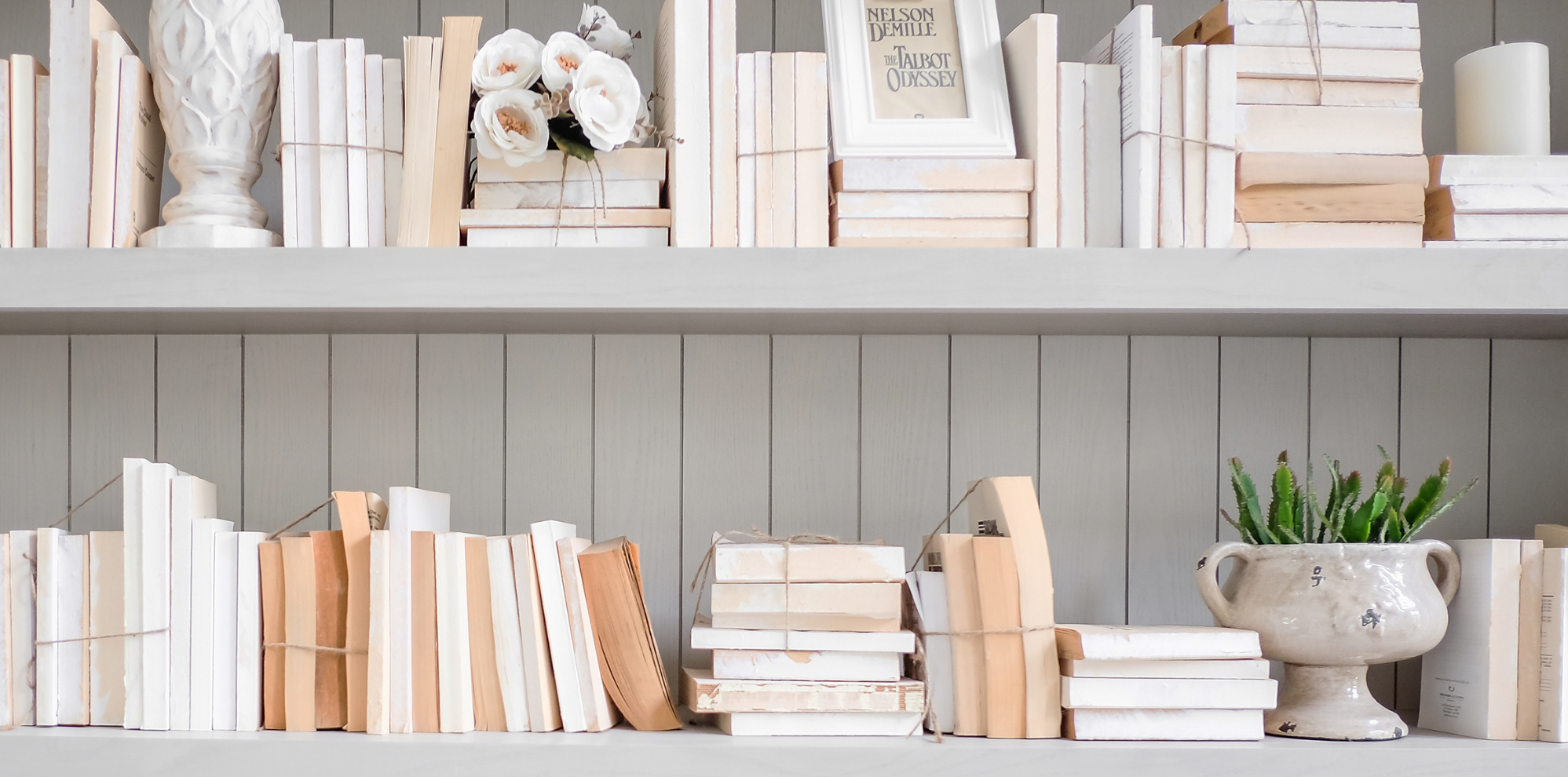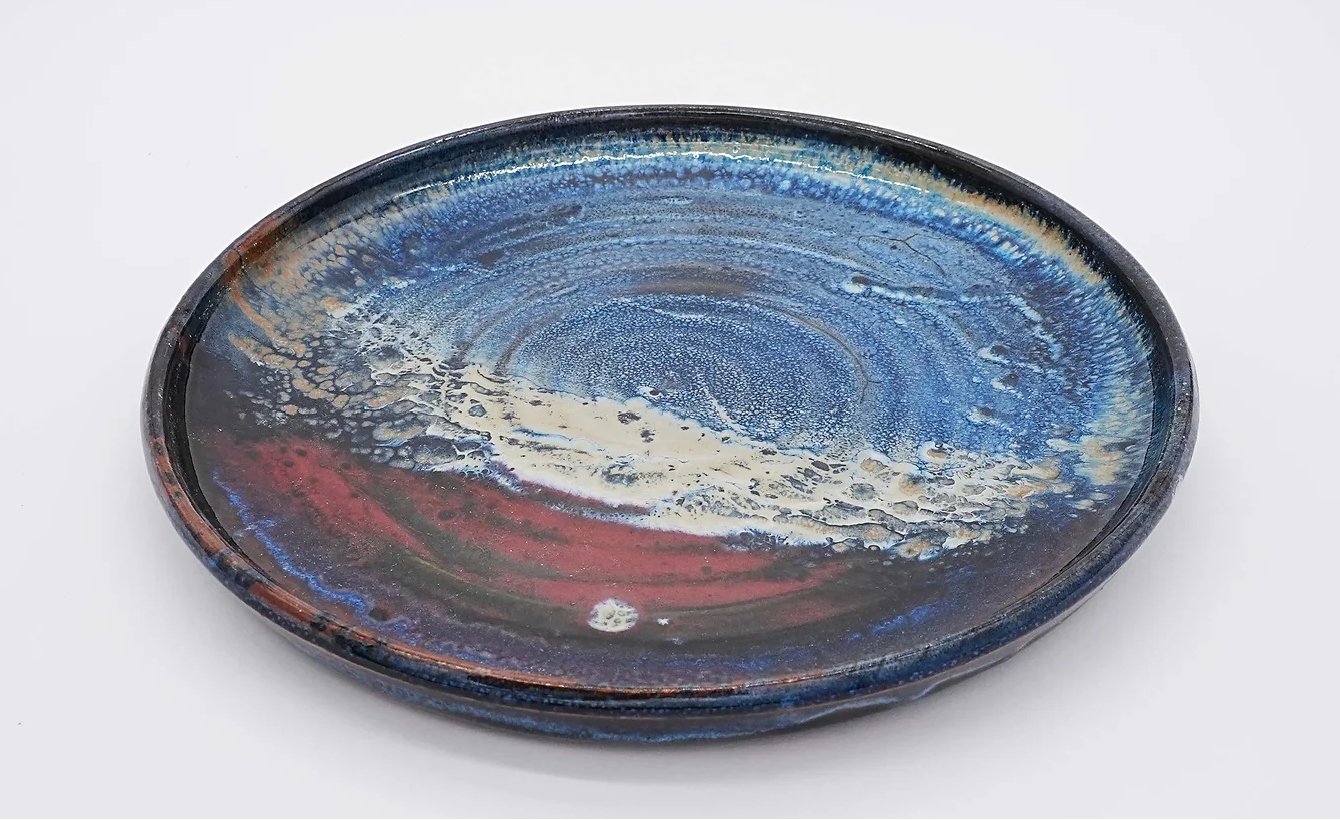How can you be sure you’re using food-safe pottery glaze?
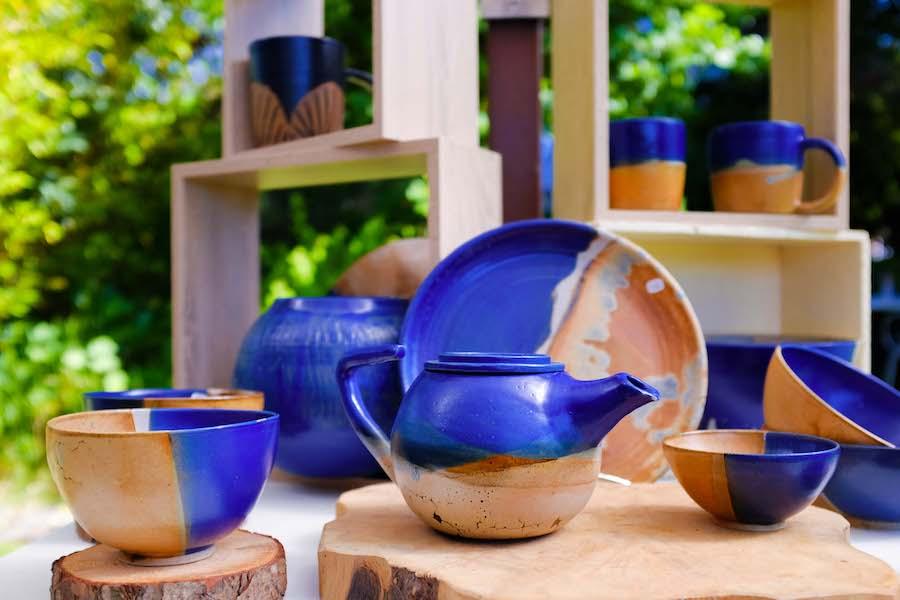
Our students regularly ask us if their ceramic dishes are safe to use as tableware: in other words, is pottery glaze food safe? We are usually reluctant to give a definitive answer to this question, as there are many factors involved.
Unfortunately, it is impossible to give a list of ingredients that should not be used for food-safe glaze – except for lead, cadmium and selenium, of course – as it is all a matter of proportions and firing temperature. Very few people dare to delve into this difficult topic, which means answers are hard to find. But we’re not going to leave you hanging! Here are some best practices to help you assess the safety of your ceramics.
Some rules of thumb to make sure your glaze is food safe
While it is impossible to state outright that a particular glaze is safe for food, there is a good chance that it is, if it meets the following criteria:
- It contains at least 3 moles of silica
- It is glossy
- You were able to reach 1200°C (2192°F) during the firing process without the glaze running
- It contains few or no critical colouring oxides (cobalt, nickel, chromium, manganese, antimony, barium)
- It does not contain lead, cadmium or selenium, or any derivatives
Why do these criteria indicate that the glaze is food safe?
If the glaze remains completely sealed, does not deteriorate and does not “leach” any of its elements (such as critical colouring oxides), then it can be considered food safe. One of the tests you can do to guarantee that a glaze is safe for food is to ensure that it can withstand acids (such as vinegar) or alkalis (such as those used in dishwashers).
Criteria such as the 3 moles of silica, the glossiness and the firing temperature indicate the durability of your glaze. Indeed, your salad bowl will get a lot of abuse over the years, between the many vinaigrettes and frequent washings!
How can you be sure that a glaze meets the non-toxicity criteria?
To know whether a glaze contains at least 3 moles of silica, you just need to know:
- its recipe
- how to transform it into a formula using a simple calculation method
Find out how to go from a recipe to a formula in the online glaze course.
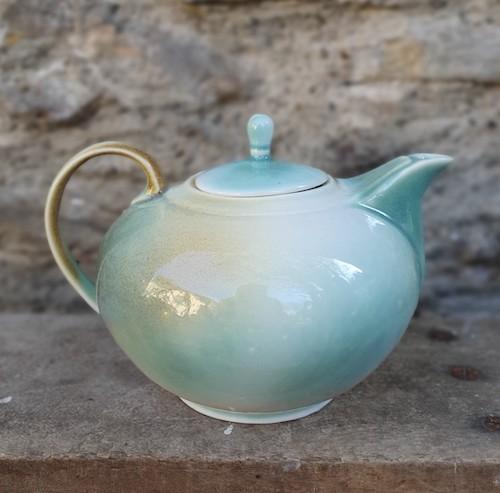
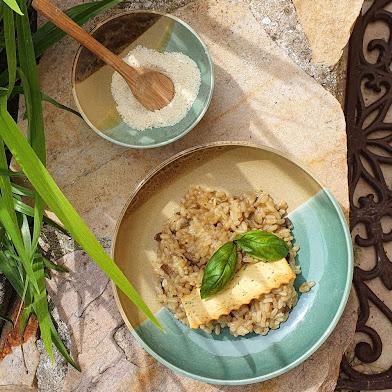

Which ingredients should you avoid when making food-safe glaze?
You can’t just tell rookie ceramists what products to avoid! Except, again, lead, cadmium and selenium. Even if you use critical colouring oxides, it’s still a matter of balancing the recipe and firing method. So, if you want to make food-grade ceramics, it’s important to learn about glaze chemistry to produce healthy, food-safe pieces.
How does firing affect the chemical stability of a glaze?
A fast, low-temperature glaze firing does not allow the glaze to fuse with the clay, which is why it may quickly deteriorate. On the other hand, a slow, high-temperature firing allows a close fusion between the clay and the glaze, ensuring better stability over time.
Matte glazes are very popular, but if the glaze is matte, that means it is underfired. The glaze has not had time to become glass and therefore cannot seal in the toxic elements. For tableware, it is therefore always better to go for glossy glazes (which are also easier to wash)!
Are premade glaze powders safer?
Did you think that by buying premade glazes, you would avoid food-safety issues? Well, that’s not the case: for the reasons mentioned above, premade glaze powders cannot guarantee safe use on tableware. As firing temperature is one of the most important factors, the non-toxicity of your ceramics mainly depends on your skills as a ceramist.
Are industrial ceramics safer?
Again, no. The fact that a ceramic piece is manufactured is no guarantee of food safety. Many ceramic retailers import pieces from countries where they will never be tested.
On the other hand, it is not dangerous to drink from a handmade ceramic piece made by a ceramist who knows his or her trade, has a basic level of training in chemistry and is willing to respect the safety rules stated above!
If you want to know more about the best way to make glazes for food-grade ceramics, Jeanne Pingault, a ceramist and teacher at Creamik school, has written a 73-page paper on the topic. This paper, which is based on long-term research, is being scientifically reviewed; subscribe to our newsletter at the bottom of this page to get informed as soon as it is published on our website!

Resource centre
animated by Matthieu Liévois,
potter-ceramist for over 40 years and founder of the Creamik School
Find all the courses
Keywords
Don’t miss any more news from the Créamik school!
